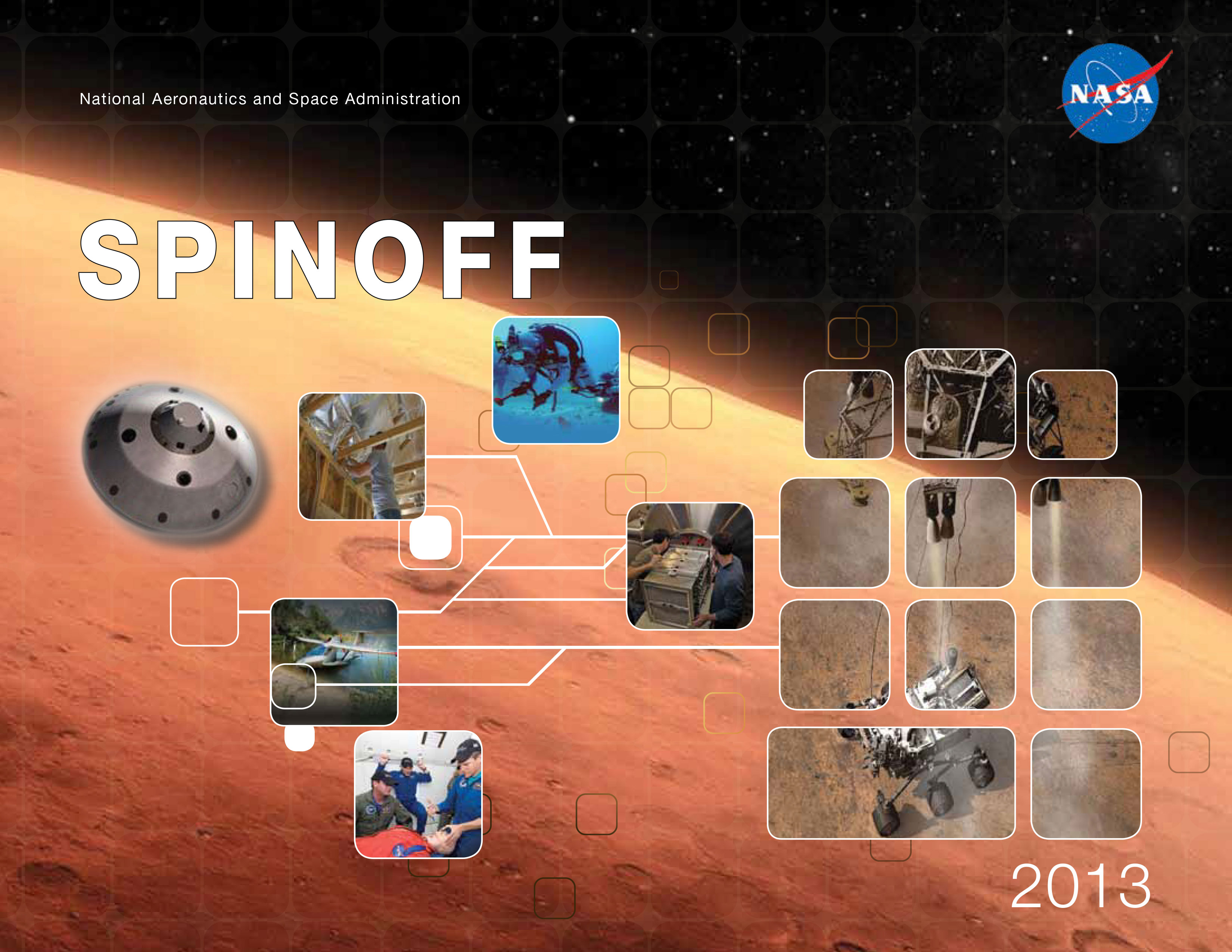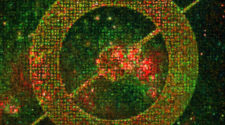
Water filtration bottles, comfortable car seats and remote medical monitoring devices all have one thing in common – they all have benefited from NASA technology.
These products are featured in Spinoff 2013, an online publication now available that highlights commercial products created using NASA-developed technology, including some developed at the agency’s Jet Propulsion Laboratory in Pasadena, Calif. Also featured in the 2013 edition is an air purification system that can sustain miners in the event of a disaster, a solar-powered vaccine refrigerator saving lives in remote areas throughout the world, and a powerful heat shield used on the first commercial spacecraft to successfully achieve orbit and return to Earth.
“NASA develops technologies to push the boundaries of what’s possible in space, but those same technologies also make life better here on Earth,” said Daniel Lockney, NASA’s Technology Transfer program executive. “Spinoff 2013 is filled with examples of how NASA technology benefits our lives every day.”
NASA has a long history of transferring technologies from their original mission applications to secondary uses. For example, Mars continues to be a rich destination for scientific discovery and exploration, and NASA’s missions there have inspired a variety of practical, terrestrial benefits. Spinoff 2013 features stories about some of these technologies, including a wind turbine that could one day be used to provide energy for a human exploration mission on the Red Planet, and is being used today in harsh environments here on Earth.
New to Spinoff this year is a section called “Spinoffs of Tomorrow,” which showcases 18 NASA technologies currently available for licensing and partnership opportunities.
NASA’s Technology Transfer Program is charged with finding the widest possible applications of agency technology. Through partnerships and licensing agreements with industry, the program ensures NASA’s investments in pioneering research find secondary applications that benefit the economy, create jobs, and improve quality of life.
Spinoff 2013 is available online at: http://spinoff.nasa.gov/.



